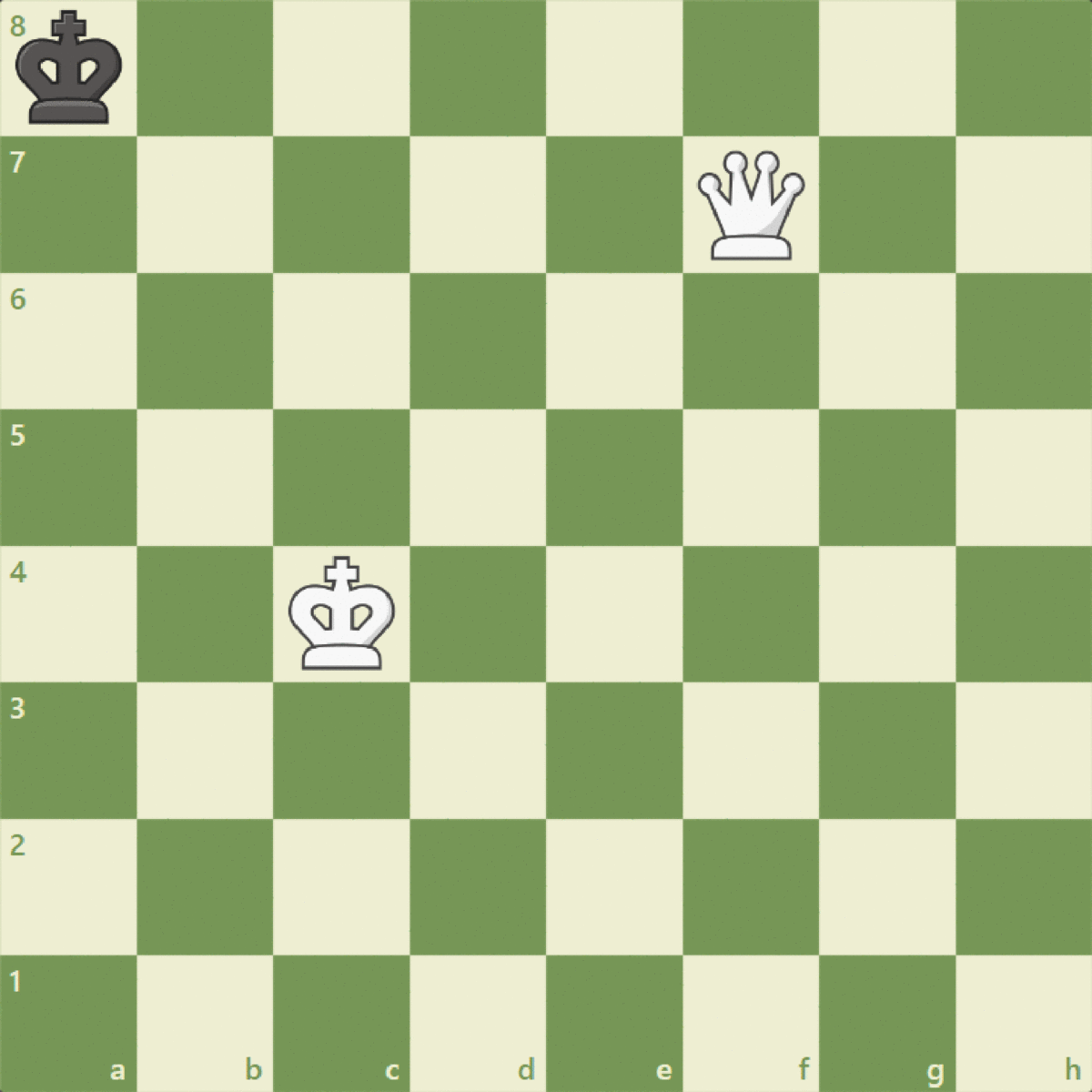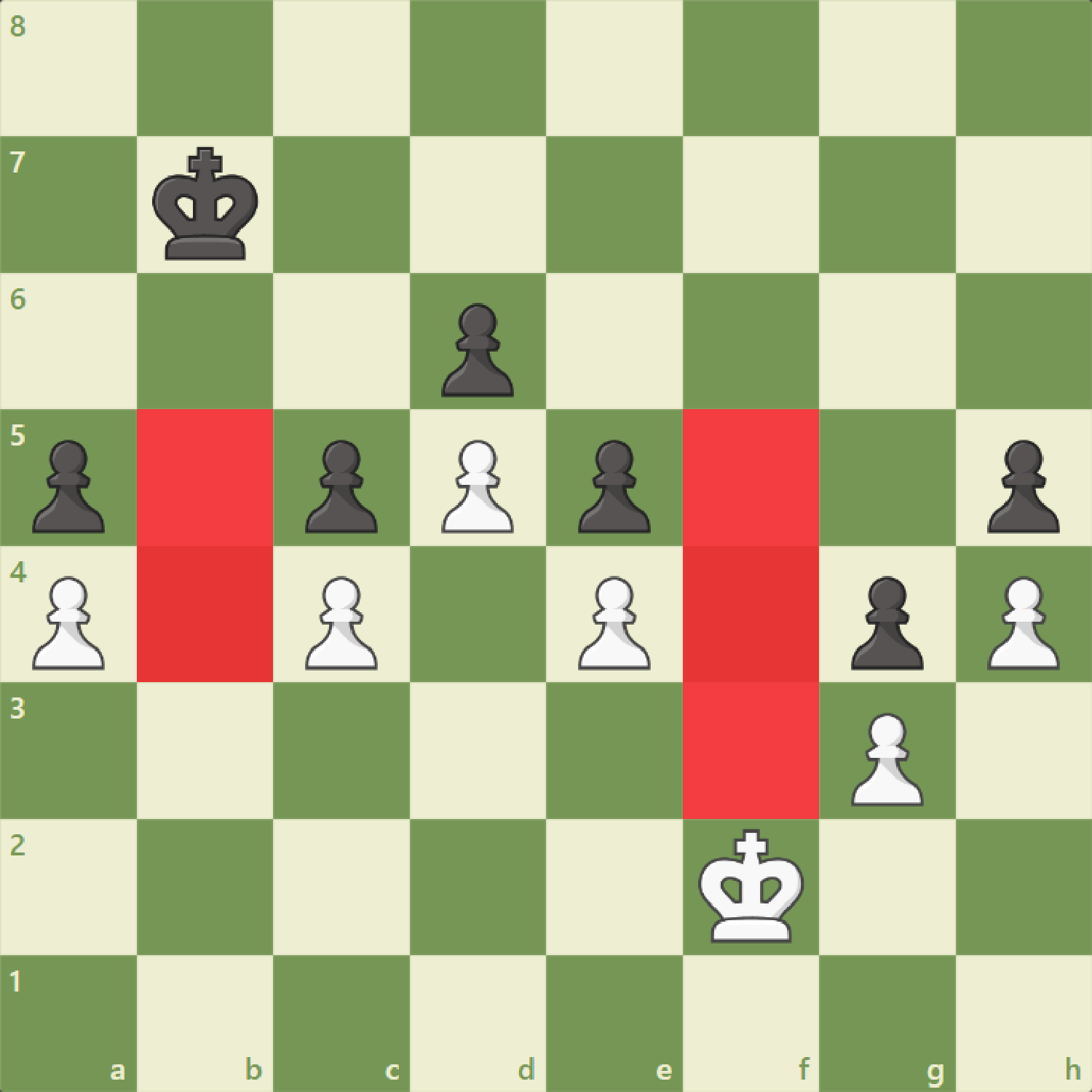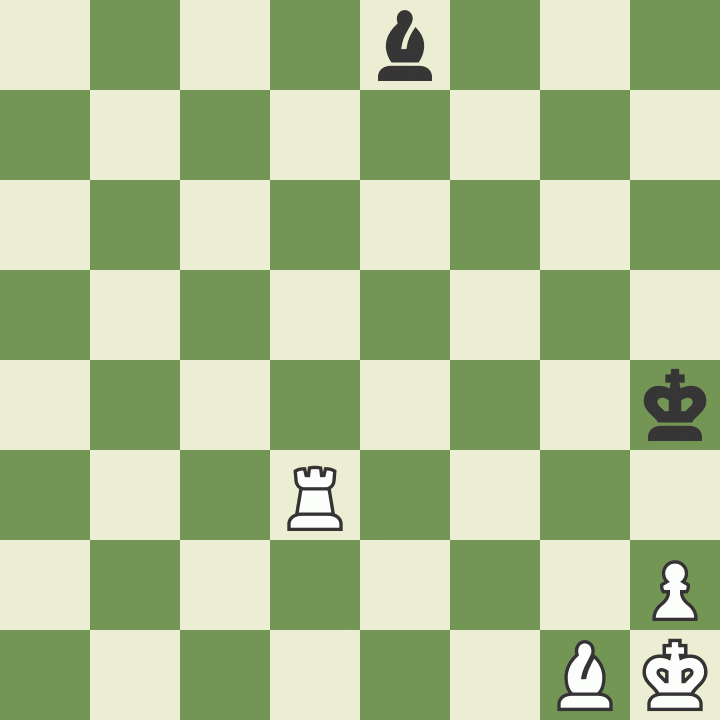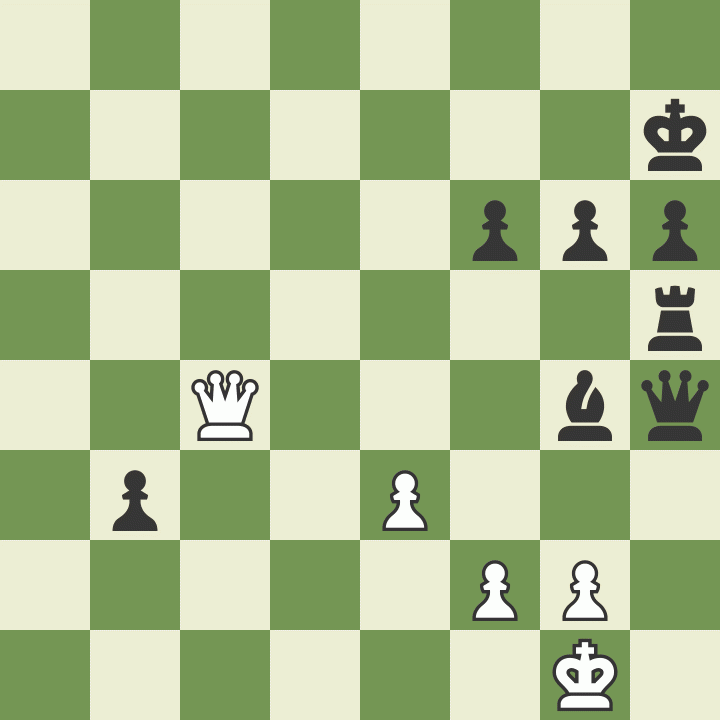
Draw
Draws are a big part of chess. From saving you from a lost position to securing first place in a tournament, every player needs to understand how ties happen. Here is all you need to know about draws in chess:
What Is A Draw In Chess?
A draw occurs in chess when neither player wins nor loses—the game ends in a tie. Either of the two players can ask for a draw, and after the game is tied, each player wins half a point.
Draws are more common among higher-rated players, but even if you're still a beginner or intermediate player, you should know all the drawing rules so no one catches you by surprise.
Types Of Draw
According to the FIDE rules, there are five different scenarios where a game can end in a draw. In most cases, one player has to propose or claim a tie, but in some specific situations, an arbiter may decide to end the game and claim a draw.
Stalemate
A draw by stalemate happens when the player who needs to move has no legal moves and his king is not in check (otherwise, that would be a checkmate!). For a stalemate to happen, the move that produced the position has to be legal.
Here is an example of a stalemate position:

Sometimes, grandmasters find creative ways to avoid losing by making use of the stalemate rule. You can see one example of this in the diagram below! In the following game, legendary GM Garry Kasparov playing as Black found a way to draw against GM Anatoly Karpov by taking advantage of the stalemate rule.
Dead Position
A dead position happens when neither player can legally checkmate the opponent's king. If the game reaches this situation and the move that generated the position is legal, the game ends in a tie.
Look at this example of a dead position:

One of the most common instances of dead positions is when there is insufficient material for either player to checkmate their opponent. This type of draw can happen even when one of the players runs out of time, provided the other player does not have enough material to deliver checkmate.
Here are the piece combinations that lead to a draw by insufficient material:
- King vs. king
- King and bishop vs. king
- King and knight vs. king
- King and bishop vs. king and bishop of the same color as the opponent's bishop
As you can see, this rule is very generous to the type of checkmates that players can reach. Typically, you would not be able to checkmate your opponent if you had just a king and a bishop. If your opponent has other pieces on the board and blunders, however, their king could be trapped and mated, as you can see in this following position:

This rule led arbiters to award GM Magnus Carlsen with a win and the title in the 2019 World Blitz championship. Some people argue that the game should have ended in a draw since Carlsen had only a piece to fend for himself. But if GM Alireza Firouzja played terribly, he could still be mated by Carlsen, as the example below shows:
Mutual Agreement
If for any reason, both players agree to a draw, the game immediately ends, and both win half a point. For this type of tie to happen, one of the players must propose a draw, and the other player must accept it. If the other player refuses the offer or keeps playing, the game is not tied.
In this game by Carlsen and GM Fabiano Caruana for the last standard time control round of the World Chess Championship in 2018, they both agreed to a draw. This tie led the match to tiebreaks and caused controversy because many people thought Carlsen had good winning chances with more time on the clock.
Threefold Repetition
A player can ask for a draw when a position is reached (or is about to be reached) at least three times in the same game. This repetition is only possible when all the pieces of the same size and color are occupying identical squares as they were before, and all the possible moves are also the same. As a result, if capturing en passant was previously an option that is no longer available, this position is not considered a repetition.
When a threefold repetition occurs, the game does not necessarily need to end immediately. The game only ends in a draw if the player who has the move requests a tie.
Most commonly, threefold repetitions happen when a player is losing and finds a perpetual check to save his game.

50-Move Rule
If both players make 50 consecutive moves without capturing any pieces or moving any pawns, any player can ask for a draw if it is their turn to play. This rule exists to prevent games from prolonging too much when neither player is making any progress.
To make good use of this kind of draw, you need to learn the basic checkmating patterns. Nothing is worse than having enough pieces to checkmate your opponent's lonely king but being unable to do so.
Conclusion
A chess game can end in a tie in many ways. If you want to improve at chess, know how to exploit the rules when you are losing and prevent them from being used against you when you are winning. Head over to the Lessons page and learn how to salvage a lost position.
Watch the Video Lesson
Reading articles is a wonderful way to learn new things, but watching a video lesson can take you a step further! Below you will find a video lesson about one of the types of draw in chess.




